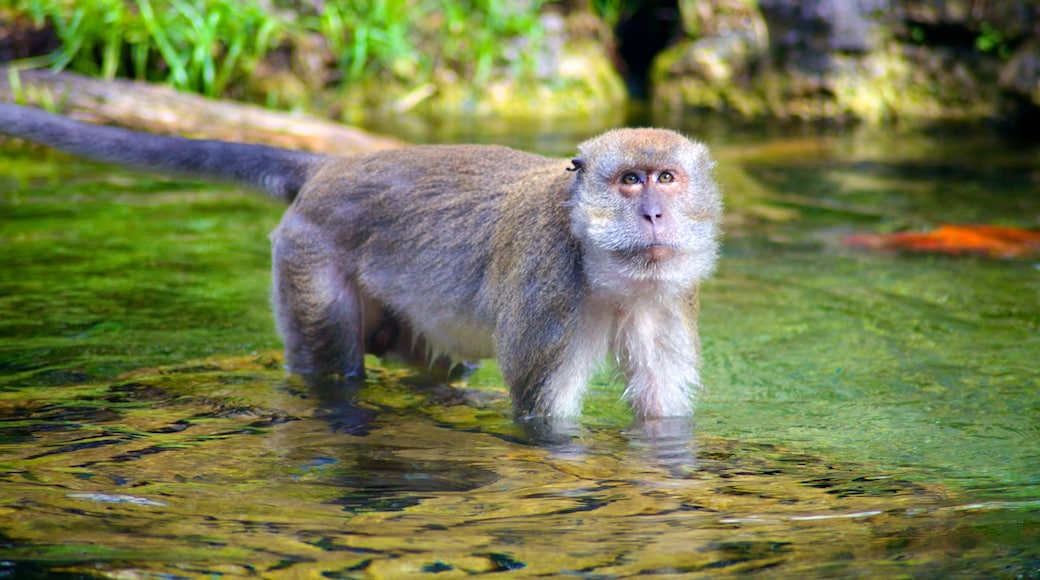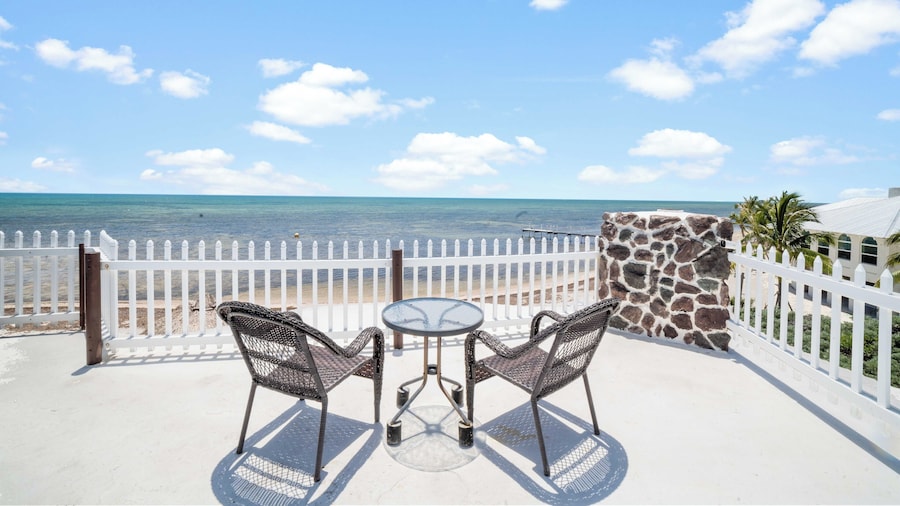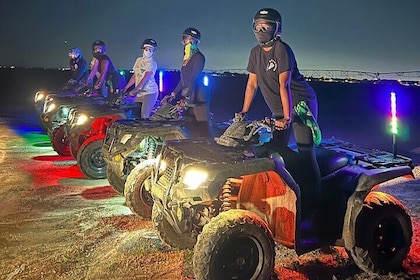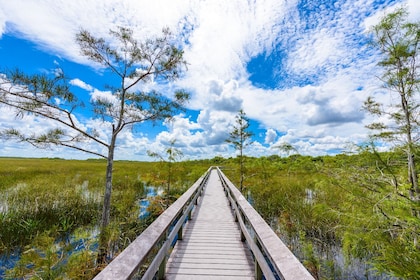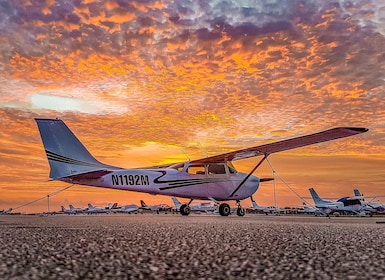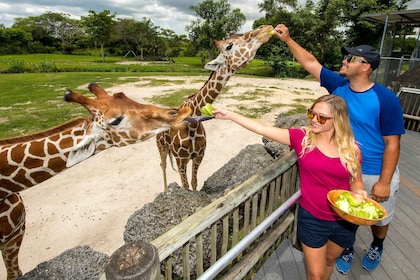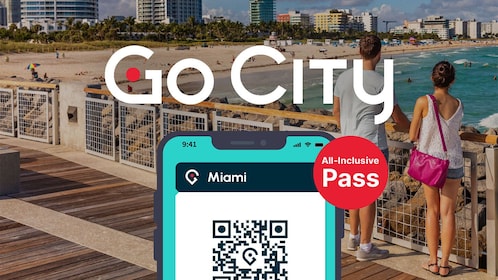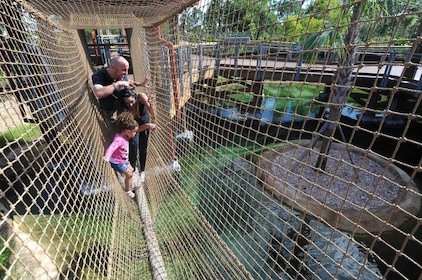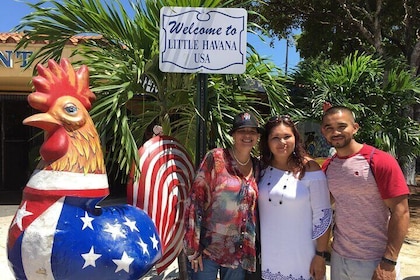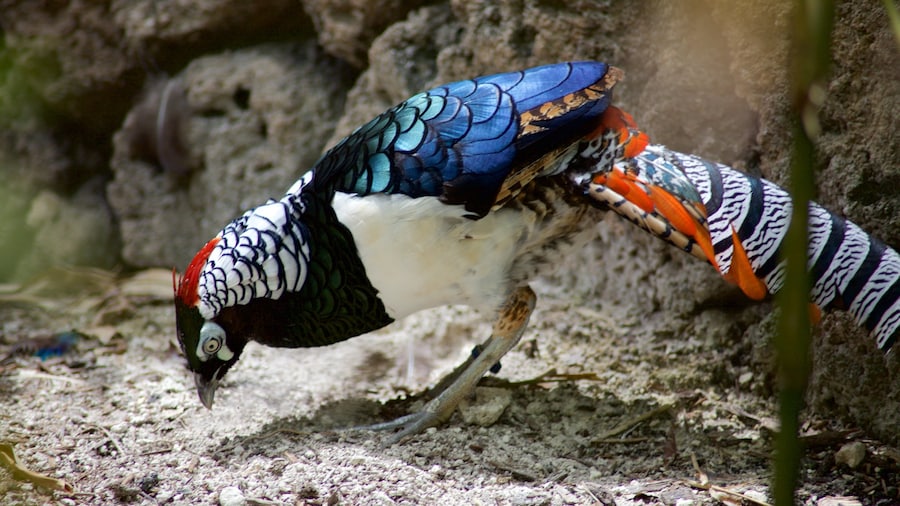Monkey Jungle is an animal reserve with a difference. The tables are turned and the watchers become the watched in this 12 hectare park, where monkeys roam free and visitors watch on from behind screened trails. Nearly 400 monkeys call this specially-created rainforest environment home, so you’ll never know what to expect next.
Monkey Jungle owes its existence to Joseph DuMond, an animal behaviourist who released six Java macaque monkeys in 1933 as part of a study. 80 years later, this small group’s ancestors have grown into a wonderful thriving group of nearly 90, thanks to the scientific interest generated by DuMond’s brave first step. Monkey Jungle is now one of the few protected primate habitats in the United States, and the Java macaques have been joined by around 30 other species.
Amongst the recreated Amazonian rainforest, bursting with hundreds of different types of plants and trees from South America, you’ll mainly come across three types of monkey. Howlers are the largest of the lot, and be warned, everything from low-flying aeroplanes to thunderstorms can trigger their fearsome howling roar! There are also Black-capped capuchins, historically seen as organ grinders in fairs, and Squirrel Monkeys.
Whilst these residents forage for their food, others will look to you for treats and tasty morsels. You can buy fruit and nuts at the park entrance to feed the monkeys that have learnt to lower down bowls as you walk past. There are also scheduled feeding times led by the park rangers who turn this into a fascinating educational opportunity for visitors. You’ll learn about endangered species from tiny Golden Lion tamarind to the majestic gorilla.
Make sure you take in the Hanging with Orangs show that takes place three times a day. Watch and be amazed by the intelligence and agility of these creatures as they interact with the park’s ape trainer, performing all sorts of tricks. At the Monkey Swimming Pool, you’ll see why the Java macaque is also call the Crab-eating macaque as they dive for seafood.
Monkey Jungle is in Cutler Bay, 44 kilometres south of Miami. Parking is free. Part of the admission fee goes towards sheltering protected species, though children under 3 have free access. The park is open daily and guided tours are available.
